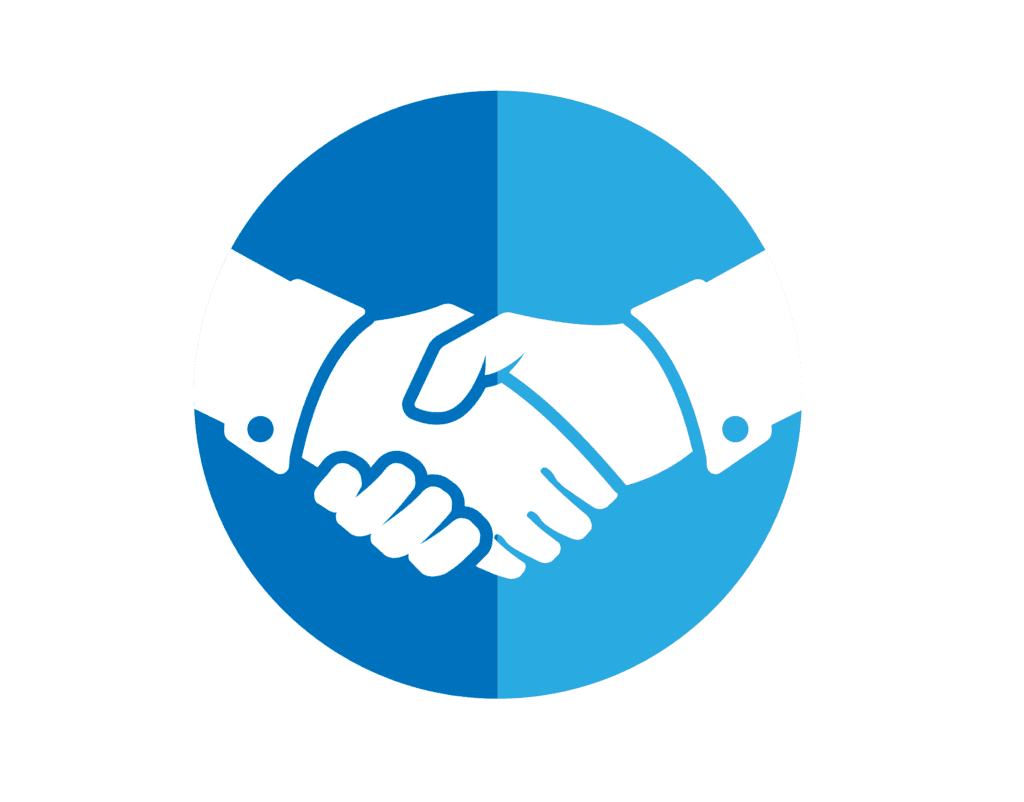by: Kim Ho, CHRIO
Human Resources plays a critical role in driving employee engagement. Budget and time constraints might lead to simple engagement activities like the “birthday cake of the month” or group lunches. In my role in HR, I’ve organized and attended many such events. I remember feeling very connected – like I belonged with the special group I was with – and I also love cake. However, these events, though enjoyable, provide only temporary feelings of connection and happiness. I returned to my desk, and those feelings of connection were gone with the cake.
To achieve lasting engagement, we must create a culture of engagement that fosters long-term results.
Why is Engagement Important?
Employee engagement is the driving force behind motivation and productivity within a company. It is a critical factor for a company’s success. Engaged employees are typically far more productive, higher performing, and connected to the mission and values of the organization. They display greater commitment and, as a result, are essentially thriving.
One significant driver of engagement is employees’ desire for purpose and meaning in their work, coupled with a supportive relationship with their manager. To cultivate a culture of purpose and meaning and build supportive manager-employee relationships, it is essential to work with leadership to foster a culture of engagement.
Our Solution: Systems and Structures
One effective structure for building supportive relationships between managers and employees is a robust feedback system. Leaders are typically responsible for ensuring that employees perform their duties, but they often lack the tools necessary to foster engagement. A feedback system can include several elements, two of which are coaching and performance management.
Coaching
To build engagement, leaders need to be equipped to have meaningful coaching conversations with employees. Coaching is often overlooked as something that comes naturally to leaders. However, coaching as a driver for engagement can create a supportive source of empowerment.
Unfortunately, many leaders have not been provided with training opportunities for this and are often perceived as micromanaging. Thus, from an engagement perspective, it is not enough for organizations to simply tell leaders to coach employees and expect it to be effective. All too often, absent coaching skills, leaders tend to meet more frequently with those they feel most comfortable with. Organizations must establish structures that provide the space, time, and training for leaders and employees to have meaningful coaching conversations.
Performance Management
To foster engagement, leaders need to be adept at evaluating and providing feedback on employee performance. Traditional Performance Management systems typically focus solely on evaluating employees’ specific job responsibilities. However, job performance is only a part of what drives true engagement.
The missing piece is the supportive relationship with their supervisor, as well as values alignment. Consequently, traditional performance systems result in a relationship of systemic control, leading to a significant decline in engagement. These systems are also very costly, as organizations spend time and money investing in a counterproductive system.

We have created a Partnership Blueprint that expands beyond periodic performance reviews. Our Blueprint encompasses every stage of the employee lifecycle, focusing on:
- Communication and Collaboration: Are supervisors and employees aligned in their goals and trust?
- Support and Challenge: Are employees equipped and encouraged to grow?
- Values Alignment: Do contributions reflect organizational values?
- Connection to the Organization: Are employees engaged and invested in the organization’s mission and culture?
Our performance management system includes an additional component that focuses on effectively assessing and enhancing the relationship between employees and their supervisors.
At Leverage to Lead, our approach involves guiding and supporting leaders in creating systems. Systems that sustain the relationships and culture that help organizations and employees thrive.
